If you are a Nikon mirrorless shooter, you might be wondering about which Z mount lenses are the best, and which combinations of zoom and prime lenses are ideal for your camera bag. While Spencer has already done a great job making a list of recommended Nikon Z lenses for high-resolution cameras like the Z7 / Z7 II, I thought I would expand on his article and provide a few lens kit options for everyday photography.
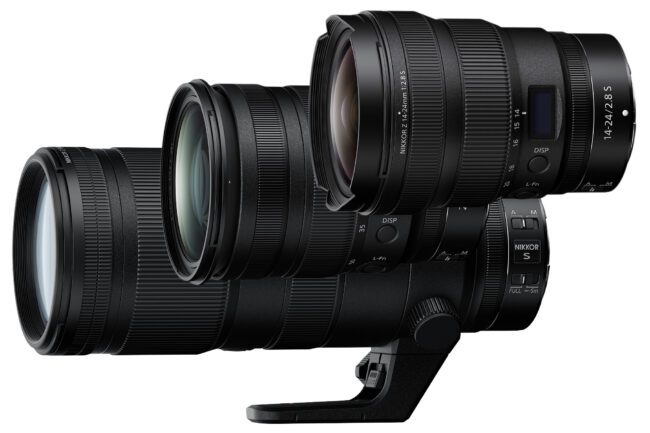
A few months ago, I wrote a post describing the optical qualities of the “Nikon Z Lens Trinity“, where I praised Nikon’s three pro-grade Z mount lenses for their remarkable performance in a lab environment. I have now had a chance to use these lenses for many months, and I continue to be amazed by the results I get when using both the Z6 II and the Z7 II. If you are looking for one lens combination that does it all, the Z trinity is very hard to beat, especially considering how remarkable each lens is in this group.
This “trinity” is comprised of the following pro-grade f/2.8 lenses:
Here is the second, more budget-friendly option that covers everything from 14mm to 200mm:
If you shoot with a 24 MP camera body like the Z6 II, these lenses resolve plenty of detail and would make a very nice and lightweight kit when compared to their f/2.8 equivalents. Sadly, Nikon has not yet released the Z 70-200mm f/4 S (which is not even on the Z lens roadmap yet), so for now most of us will have to settle for the 24-200mm f/4-6.3 VR, which is a decent lens, but certainly not without compromises. Once Nikon releases its Z 70-200mm f/4 option, the lightweight / budget trinity kit will change to the following:
- Nikon Z 14-30mm f/4 S
- Nikon Z 24-70mm f/4 S
- Nikon Z 70-200mm f/4 S
For those who like to shoot with prime lenses, there are multiple options for making a very nice prime lens kit. Personally, I would settle for the following:
However, that’s quite a few lenses to carry in a camera bag, so one could skip lenses like the 35mm f/1.8 S and 85mm f/1.8 S, depending on the situation. Others might prefer picking the Z 24mm f/1.8 S over the 20mm f/1.8 S. Let’s go through these lenses in more detail, one at a time. Instead of going through technical details about each lens (which you will find in corresponding reviews linked above), I will be instead showcasing some of the images that Spencer and I have been able to capture since the Z system was launched.
Zoom Lenses
Nikon Z 14-24mm f/2.8 S
If you were to ask for my most favorite lens among the whole Nikon Z line-up, it would surely be the Z 14-24mm f/2.8 S. Nikon pretty much addressed every issue with the F-mount version of this lens – I honestly did not expect it to be this good. It is sharp from center to corner, even wide open, but stop it down a little and you get some of the most detailed images you have ever seen.
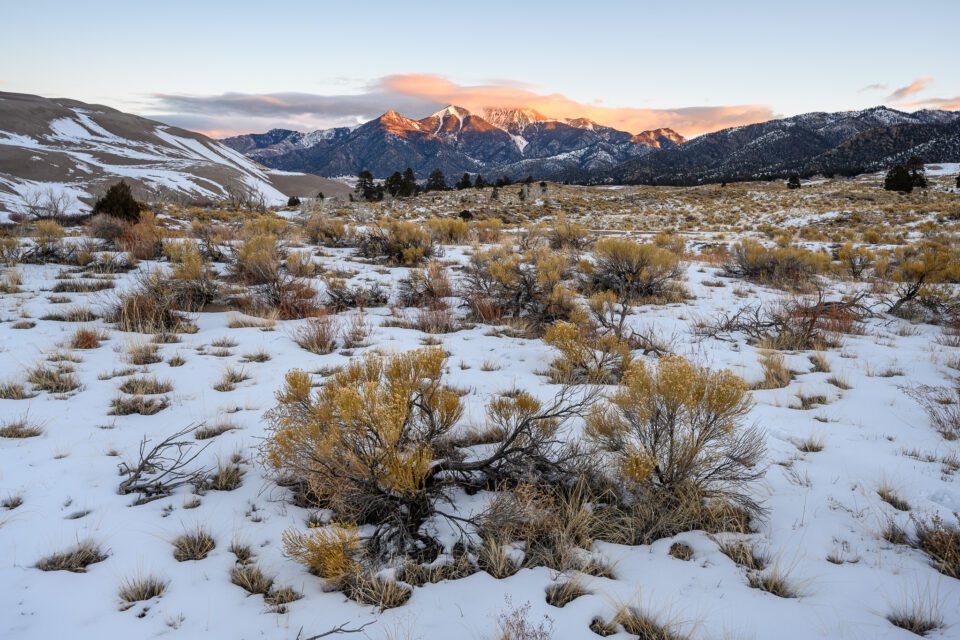
When traveling to Iceland a couple of weeks ago, I thought about what lenses I wanted to bring with me to the trip. I wanted to make my camera bag as lightweight as possible, while making sure that I cover ultra-wide-angle to telephoto focal lengths. Additionally, I wanted to make sure that I take lenses that can withstand tough weather conditions, since Iceland weather is always unpredictable. So I went for the f/2.8 trinity kit…
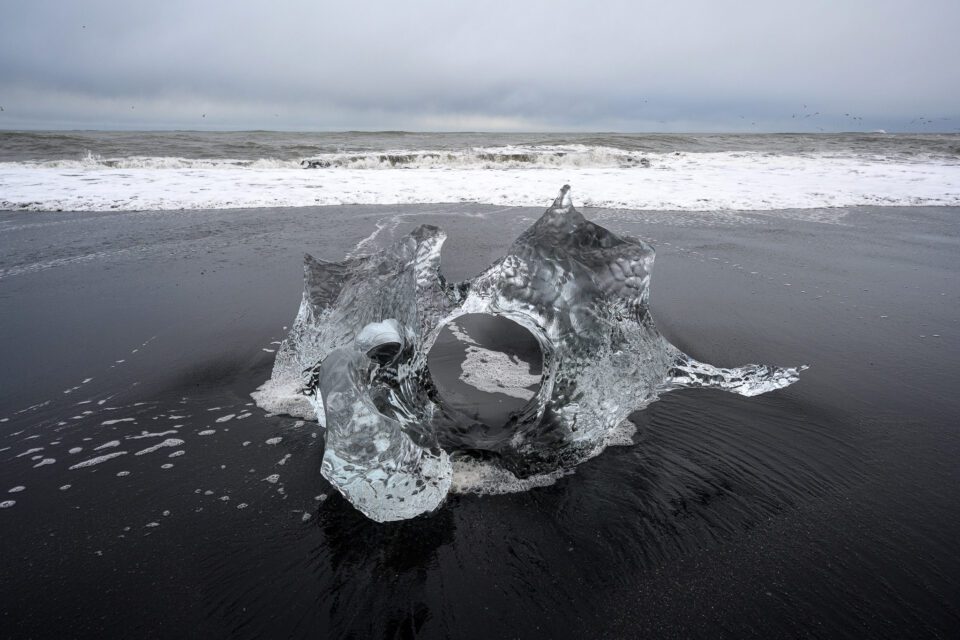
The Nikon Z 14-24mm f/2.8 S was my most used lens on this trip. It came very handy when shooting icebergs on the black beach, as well as when coming across rainbows while traveling the ring road:

The best part of the Z 14-24mm f/2.8 S, is that you can easily mount filters on it when using the right hood. While 112mm filters are not cheap, it surely beats any third party solution with giant filters that take up a lot of room. The biggest drawback of the Z 14-24mm f/2.8 S is its price – you are going to be shelling out over $3K for the lens and a good set of 112mm filters.
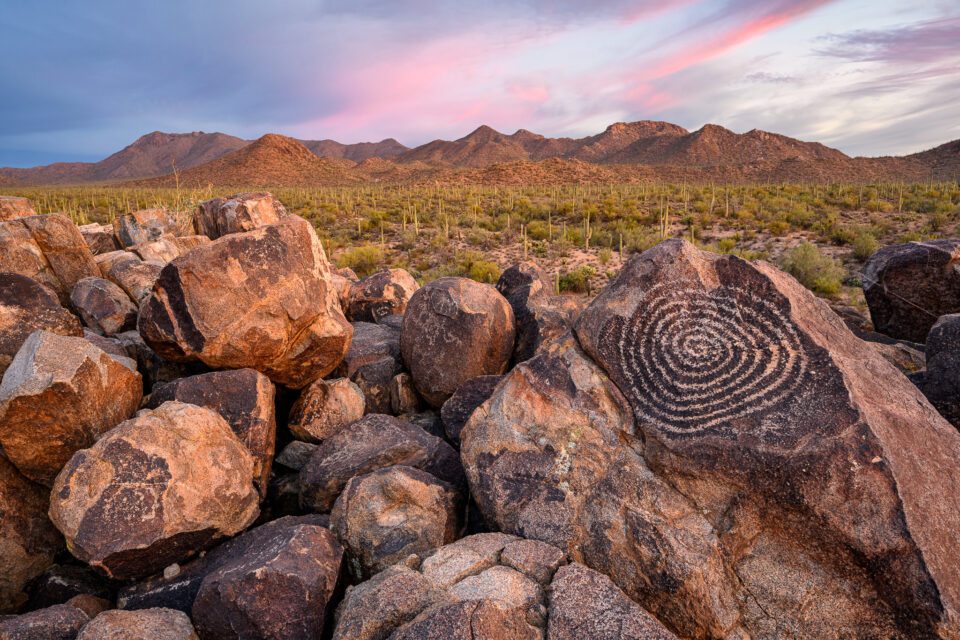
Nikon Z 24-70mm f/2.8 S
In situations where you don’t need to go ultra-wide, the Nikon Z 24-70mm f/2.8 S is another exceptional lens. When going through my Lightroom catalog, the focal lengths I use the most in any given year are between 24 and 70mm, so my most used lenses are typically 24-70mm, 24-105mm and 24-120mm. Optically, I have not seen a lens that can beat the Nikon Z 24-70mm f/2.8 S, and that says a lot about its performance.
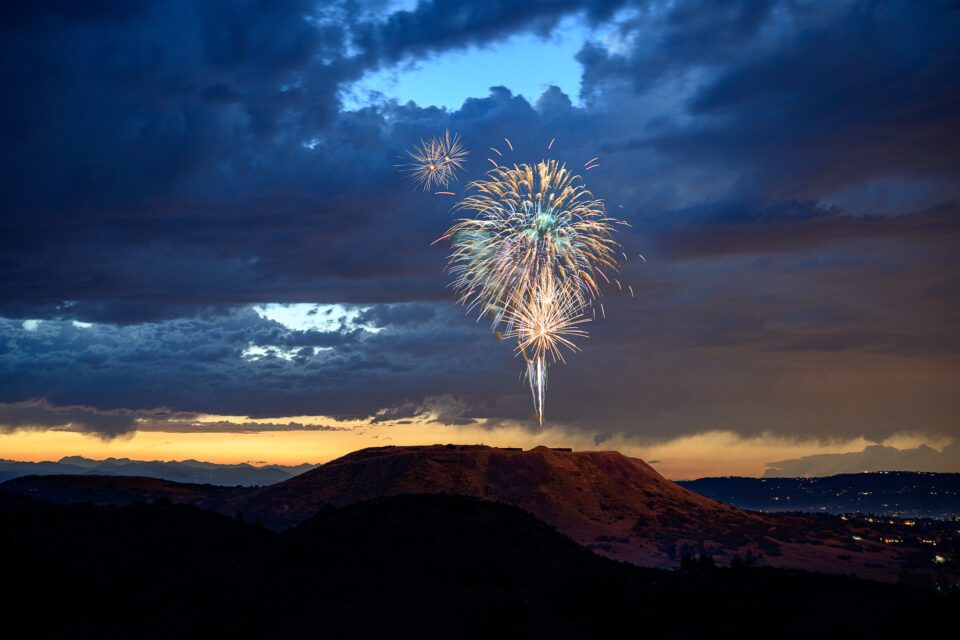
It is a versatile choice that’s good enough for any type of photography – from architecture and landscapes, to portraiture:
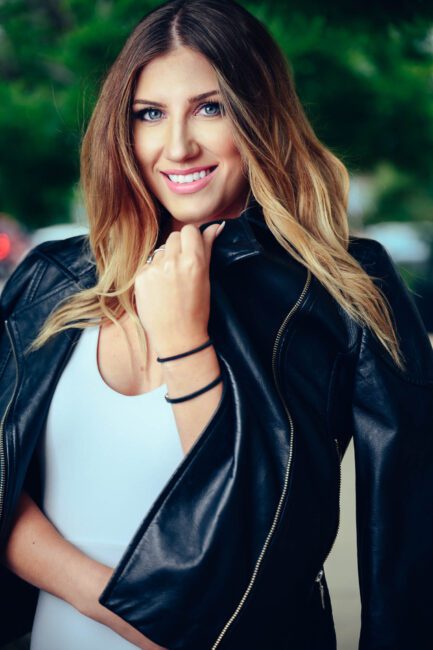
While I was busy shooting with the Fuji GFX 100 on our trip to Faroe Islands, Spencer had a blast shooting with the Z 24-70mm f/2.8 S, which he also praised highly for its optical performance:
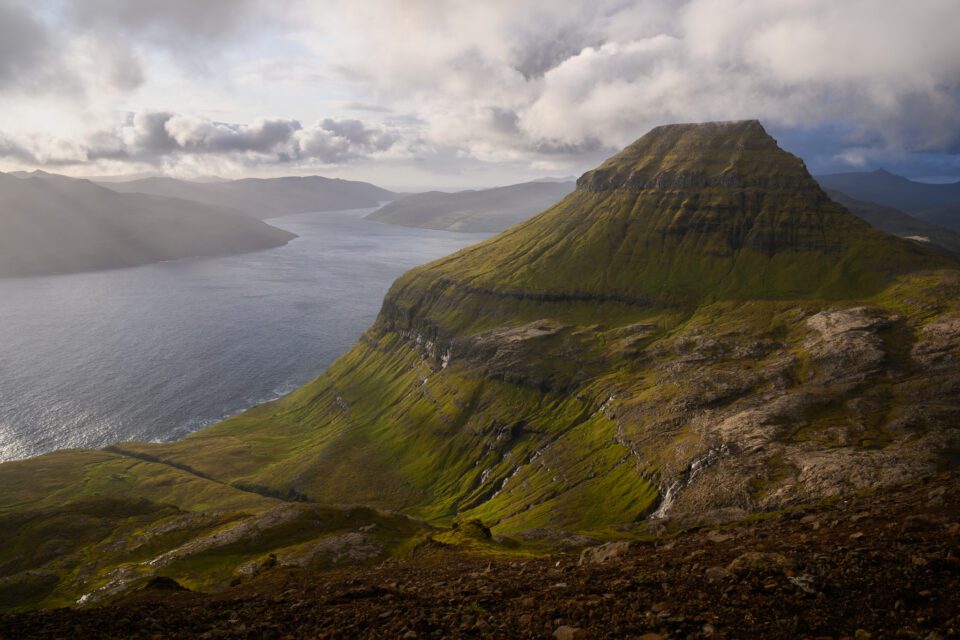
Copyright Spencer Cox
The lens is sharp from 24mm to 70mm at every aperture, but you will get the best out of it if you stop down to the f/4-f/5.6 range. When shooting in low-light conditions, being able to shoot wide open is a huge benefit, especially when combined with the in-body image stabilization of Nikon Z camera bodies. Here is a sample image of wildlife that Spencer managed to capture at 70mm f/2.8:

Copyright Spencer Cox
And here are a few images from Iceland that I captured with the Z 24-70mm f/2.8 S at different focal lengths:

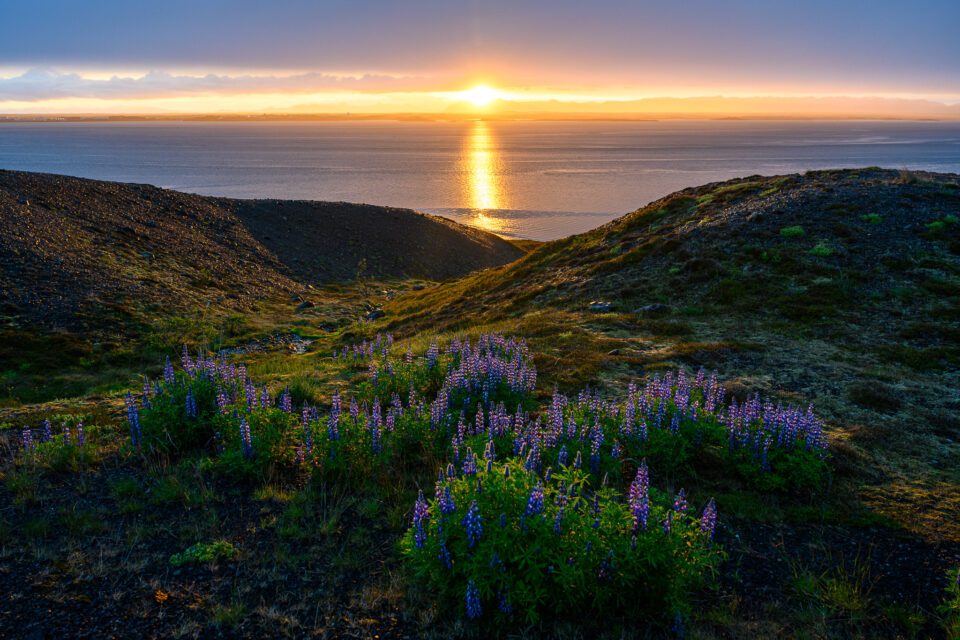
I had the Z 24-70mm f/2.8 S mounted by default on the Z7 II in Iceland, and only changed to 14-24mm or 70-200mm when I needed to go wider or longer.
Nikon Z 70-200mm f/2.8 S
When you need longer focal lengths, the Nikon Z 70-200mm f/2.8 S is another near-perfect lens. You don’t even need to stop this lens down – it simply shines at f/2.8! Here is my favorite image of a Javelina from my recent trip to Arizona:

The Nikon Z 70-200mm is a pretty versatile lens, because it can couple with both 1.4x and 2x teleconverters to give you a range up to 400mm. However, you do lose quite a bit of sharpness potential with the 2x teleconverter, so it is not something I would recommend for everyday use. Wildlife photographers will need longer lenses, so I am looking forward to seeing the Z 100-400mm and 200-600mm lenses in the future. With the upcoming Nikon Z9, we will probably see the 400mm f/2.8 S and 600mm f/4 S lenses, but they won’t be cheap!
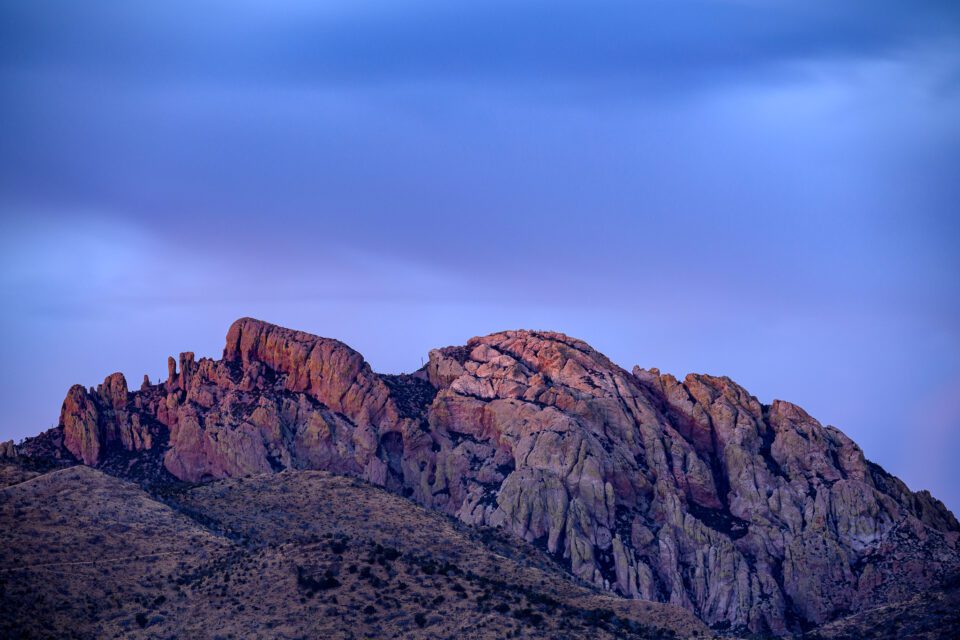
I’ve used this lens quite a bit for landscape photography so far, and other than its weight and high price tag, it really has no other disadvantages. From that standpoint, I would love to see a Nikon Z 70-200mm f/4 S sooner than later, as that would complete the budget trinity.
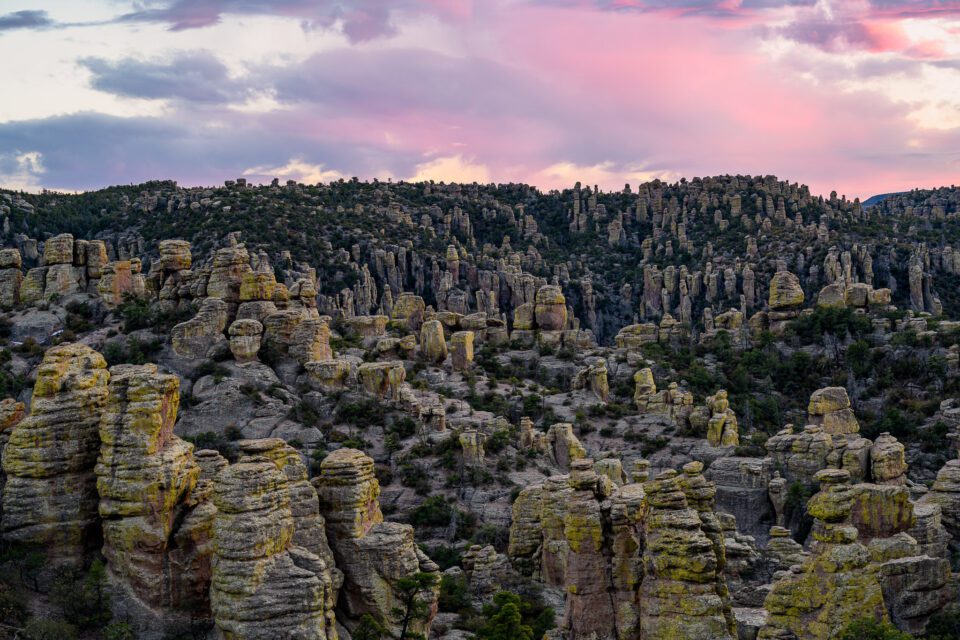
Shooting wildlife in Iceland with the Z 70-200mm f/2.8 S was an amazing experience. Here is an image of an Arctic Tern, hanging out on a small rock close to its nesting area:
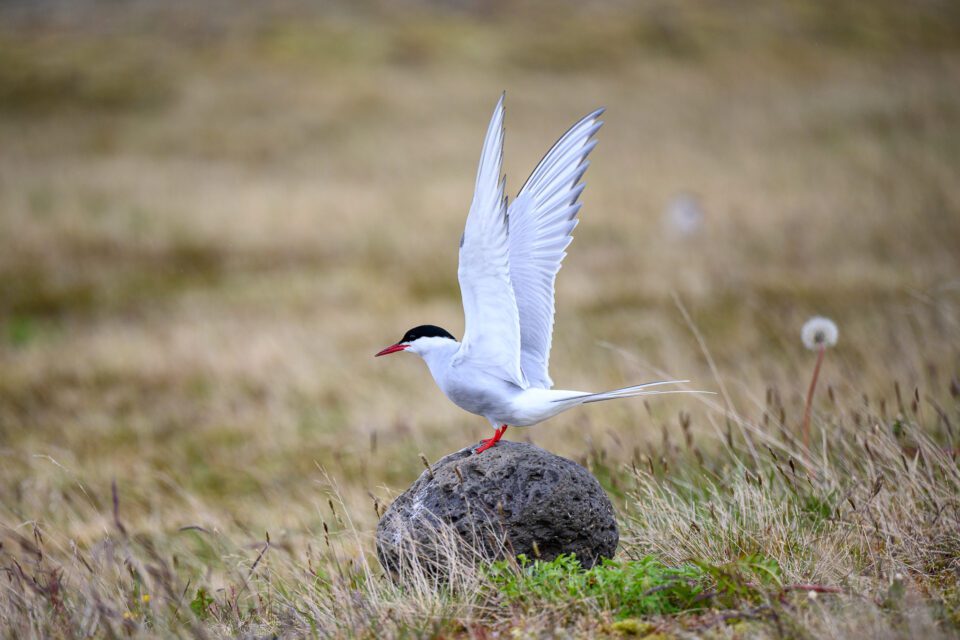
And here is an image of an Icelandic Puffin in flight, with fish ready to be delivered to its young:
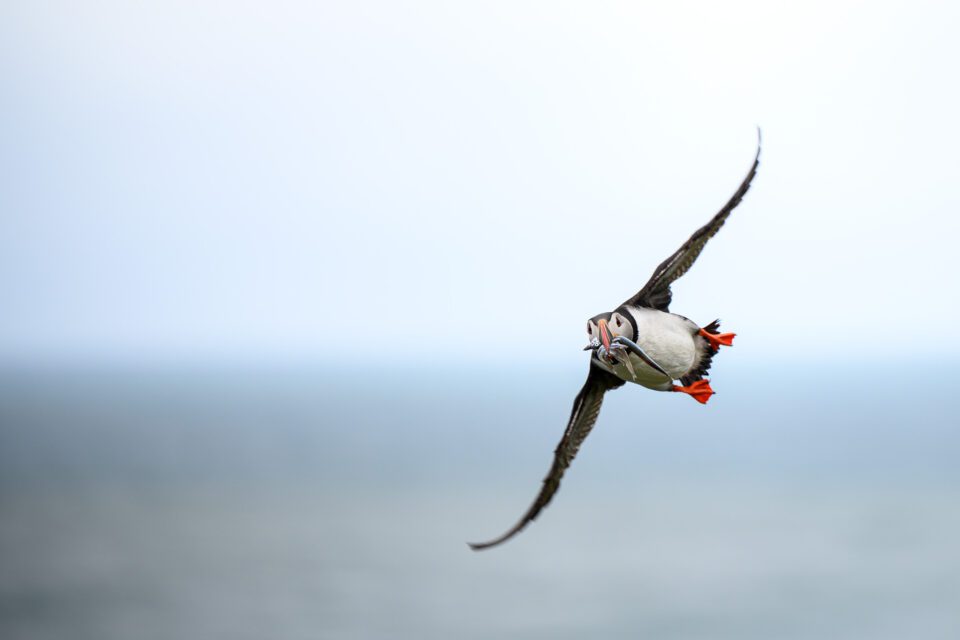
On the way to the wildlife refuge, I was sitting on the back of a tractor that rode through pretty dusty areas. I did not realize how dusty it was until I looked at my 70-200mm f/2.8 S – it was covered in micro dust! Thankfully, the lens is sealed very well against dust and moisture, so I did not have any issues with the lens after the trip. I gently wiped off the dust, and the heavy rain I encountered later took care of cleaning the lens for me. I wouldn’t risk doing this to a non-pro lens…
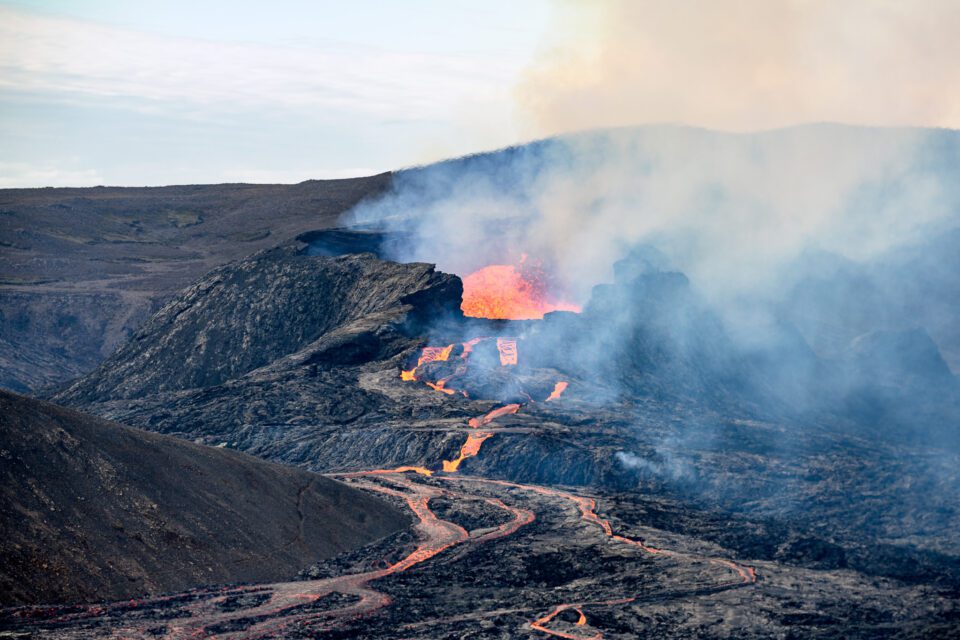
On the last day of the Iceland trip, I decided to see the erupting volcano close to Reykjavik. I knew I wouldn’t be able to approach the volcano from close-up (the previous hiking trail to the volcano was closed due to lava flowing over the trail), so I decided to shoot it from the distance at 200mm while trying to keep the camera steady with 80-100 MPH wind gusts. It was a fun experience, but the heat waves from the hot lava made it almost impossible to capture sharp images. I will document my experience shooting the volcano with my drone in another article.
Nikon Z 14-30mm f/4 S
If you want to go lightweight, or do not want to spend the money to get the 14-24mm f/2.8, the Nikon Z 14-30mm f/4 S is the next best option. It might not be super sharp at 30mm, but it does extremely well at wider focal lengths, which is what you would use this lens for anyway.
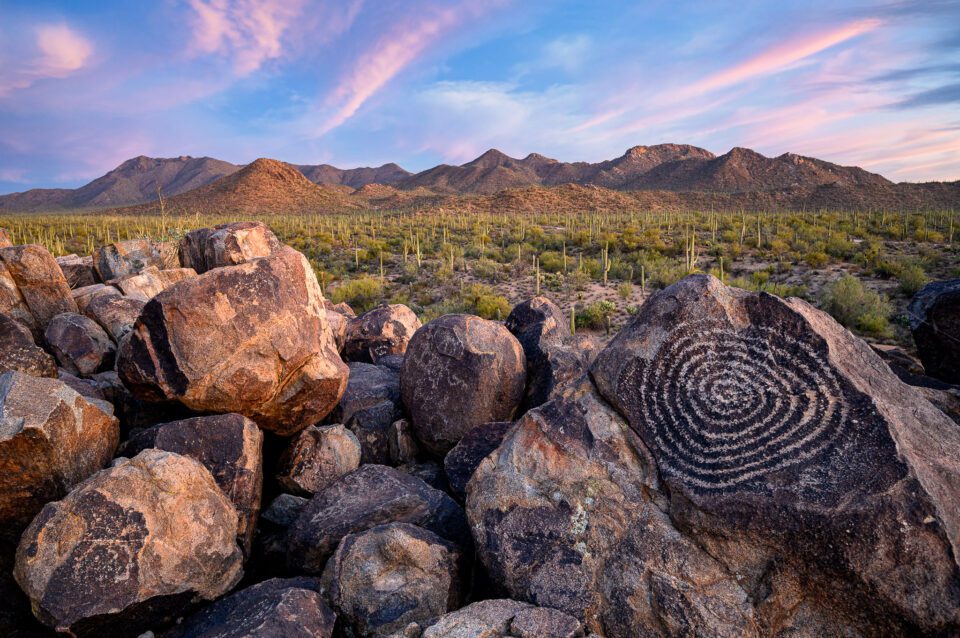
And if you shoot with the Z5, Z6 or Z6 II, you will get plenty of sharpness from the 14-30mm f/4 S, even in the extreme corners. Personally, I own an excellent copy of the 14-30mm f/4 S and I love it for its versatility. It is light small, and considerably cheaper than its 14-24mm f/2.8 S brother. Spencer also owns this lens, and he has been able to capture stunning images with it:
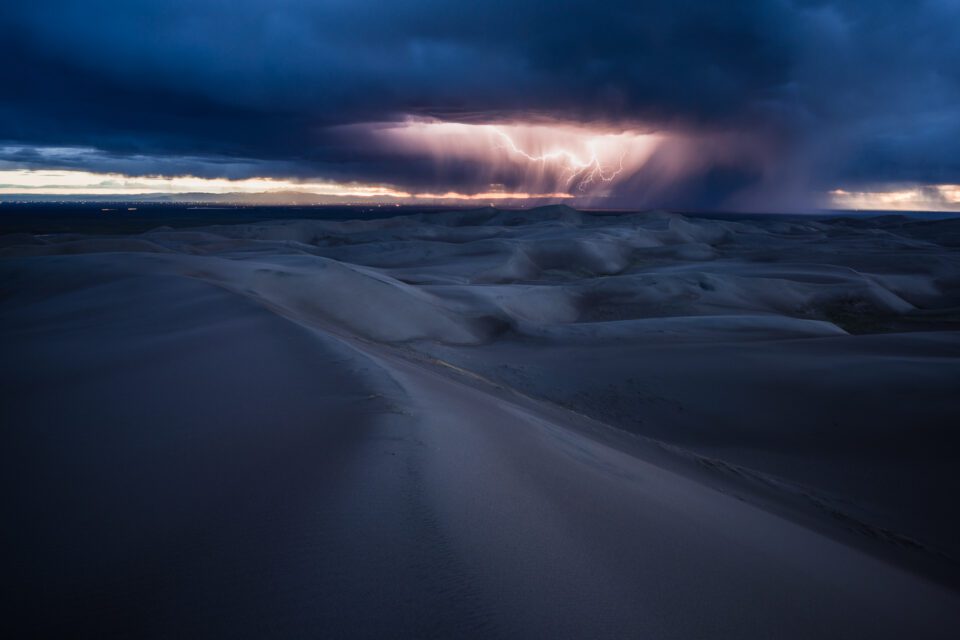
Copyright Spencer Cox
Here is his image of a full rainbow from Faroe Islands:
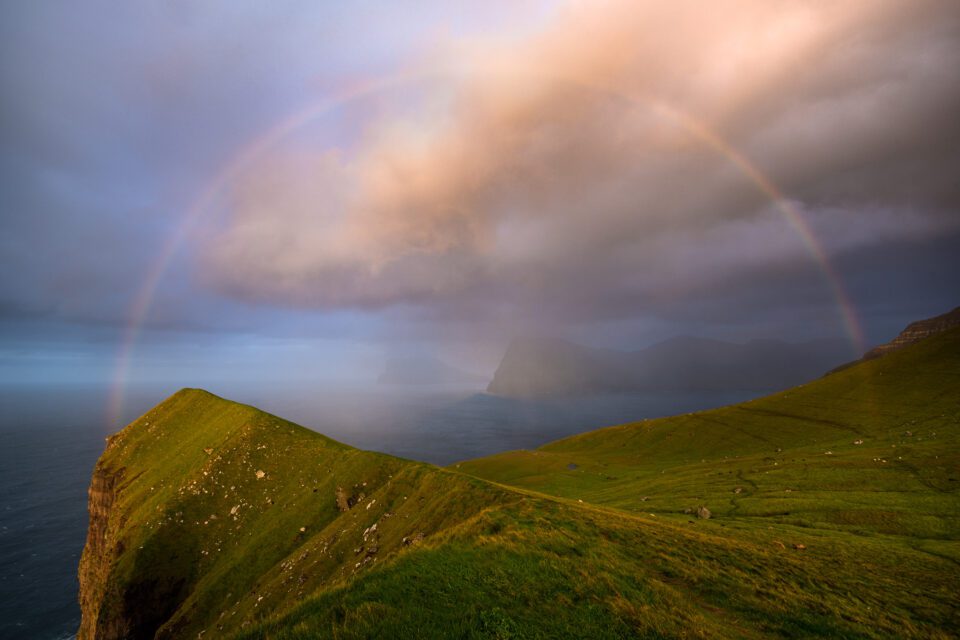
Copyright Spencer Cox
He was able to capture this image while I was busy flying my DJI Mavic 2 Pro drone and trying not to crash it in crazy winds.
Nikon Z 24-200mm f/4-6.3 VR
If Nikon released the 70-200mm f/4 S (I know, I have already said it many times!), I would definitely get more use out of my Nikon Z 24-70mm f/4 S. For now, however, the Z 24-200mm f/4-6.3 VR seems to be the way to go, simply because of its versatility to be able to cover everything from 24mm to 200mm. It is obviously not anywhere as sharp as the 24-70mm f/2.8 S and 70-200mm f/2.8 S, but considering how small and lightweight it is, I would not hesitate to recommend it for a 24 MP camera body.

If you shoot on a high-resolution camera like the Z7 II, try to keep your focal lengths between 24 and 85mm, as sharpness deteriorates quite a bit at long focal lengths. But if you travel in dusty places and need one “do it all” lens, it is still not a bad choice. In fact, I found myself getting better results shooting longer focal lengths from time to time, than dealing with shorter focal length lenses and aggressive cropping in post.
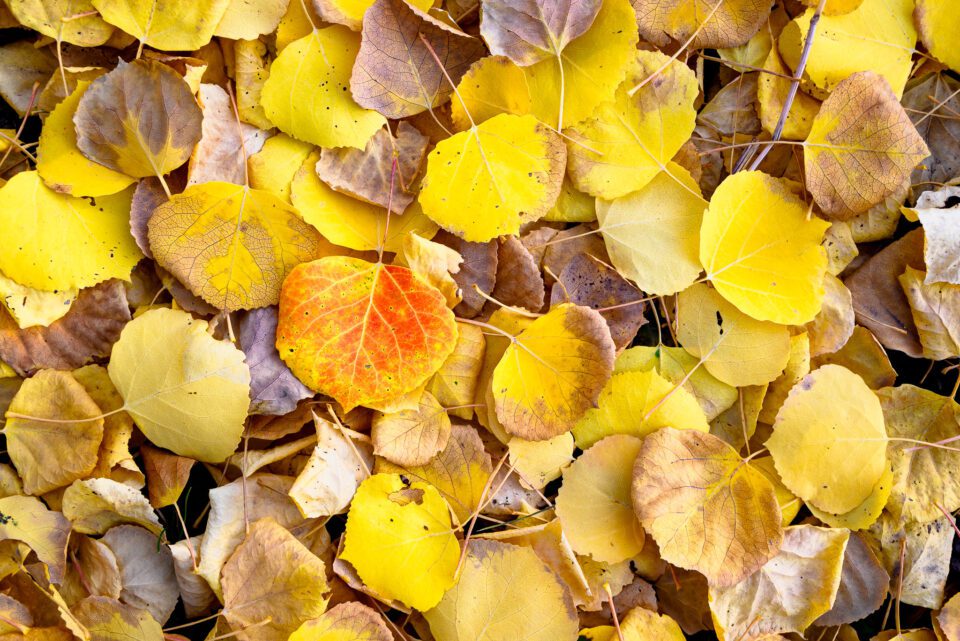
The lens is decent at 200mm on a camera body like Z5, and you can even get solid results shooting birds in flight in bright conditions:
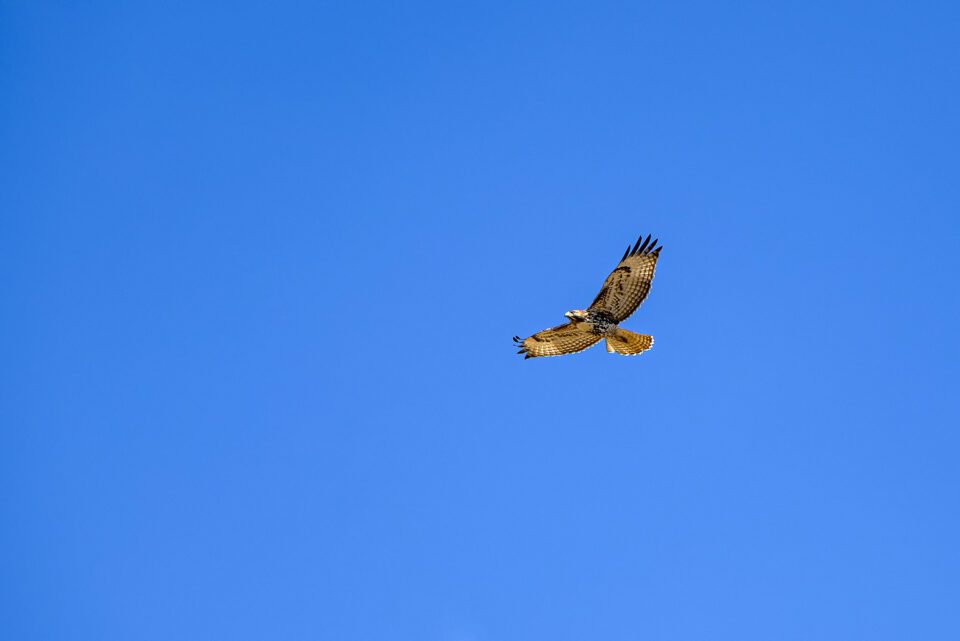
Here is my favorite image from this lens that I was able to capture of a setting full moon:
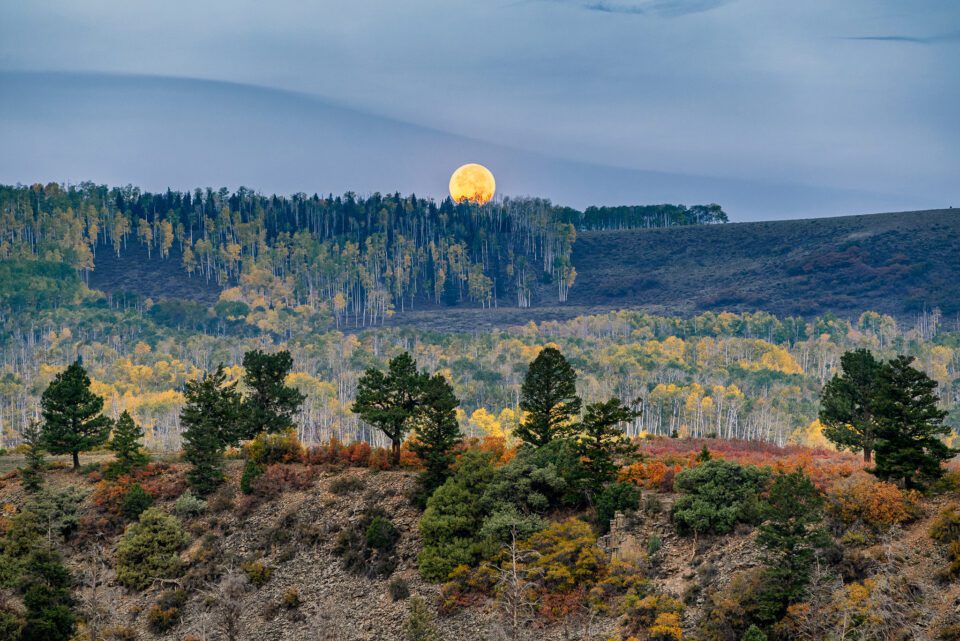
It is not particularly sharp or very detailed at full resolution, but it is good enough for a decent-size print, and certainly good enough for the web.
Prime Lenses
Nikon Z 20mm f/1.8 S
If I had to put together a list of my favorite Nikon Z prime lenses, it would certainly start with the Z 20mm f/1.8 S. Similar to its F-mount brother, the lens is a versatile choice for architecture and landscape photography, except it is way sharper in comparison, and has less optical issues to deal with.
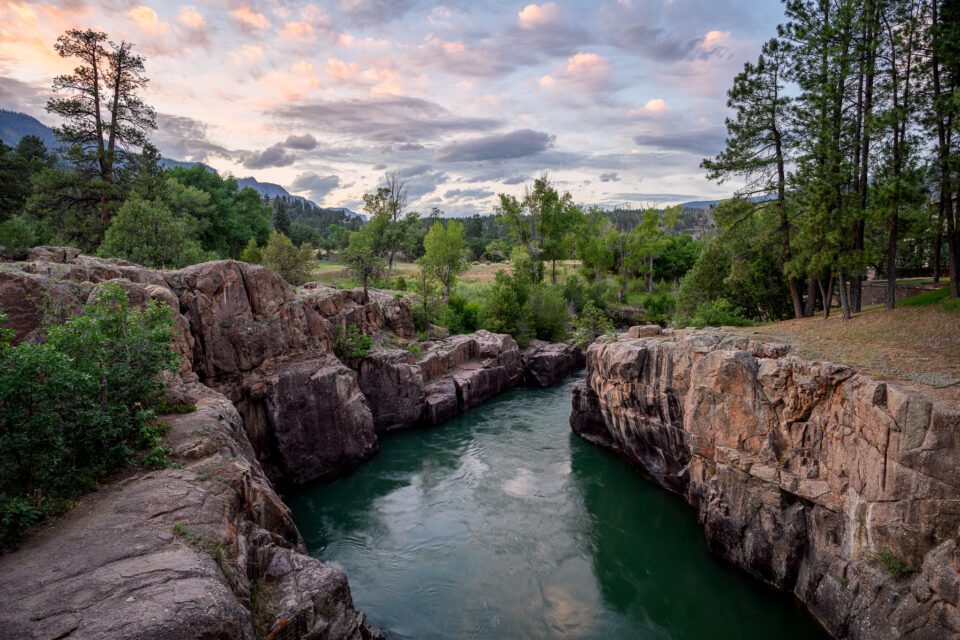
The lens simply shines at the f/2.8 to f/4 range, providing superb sharpness, even in the extreme corners. While the Z 24mm f/1.8 S is another killer lens, the 20mm f/1.8 S for me is a better choice primarily because it is also great for Milky Way photography. Here is an image of the comet NEOWISE, which Spencer managed to capture with this lens on his Z7 camera body:

Copyright Spencer Cox
Nikon Z 35mm f/1.8 S
If you want to have a lens that covers something in-between the 20mm and 50mm primes, the Z 35mm f/1.8 S is the obvious choice. Similar to all other Z primes, it is insanely sharp, and works exceptionally well in low-light situations:
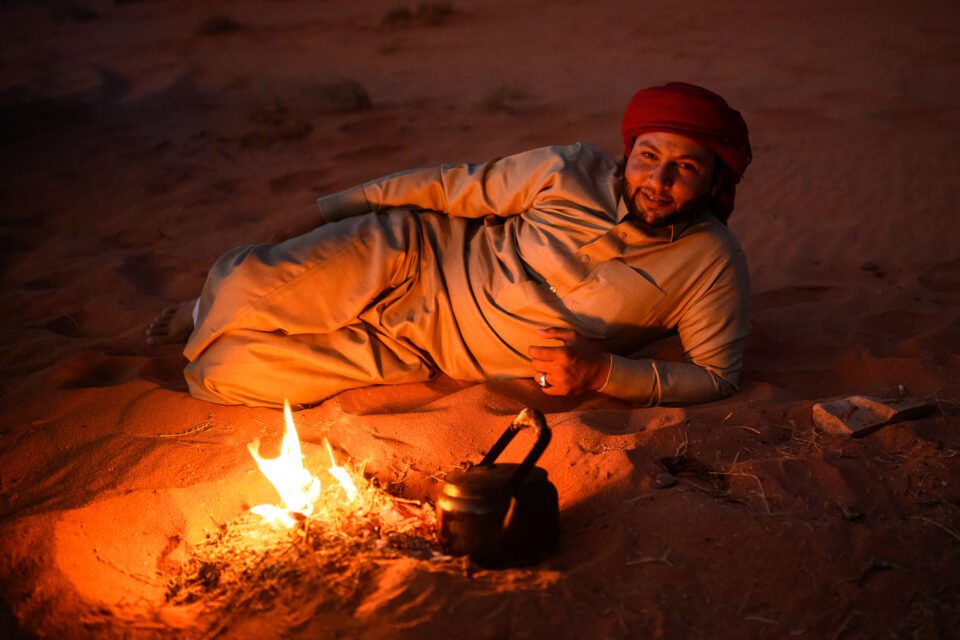
If you shoot architectures and landscapes, stop it down to f/5.6 and you will get insane sharpness all the way to extreme corners. It is also well-sealed against extreme weather, so you will have no problems using it in dusty and wet conditions.
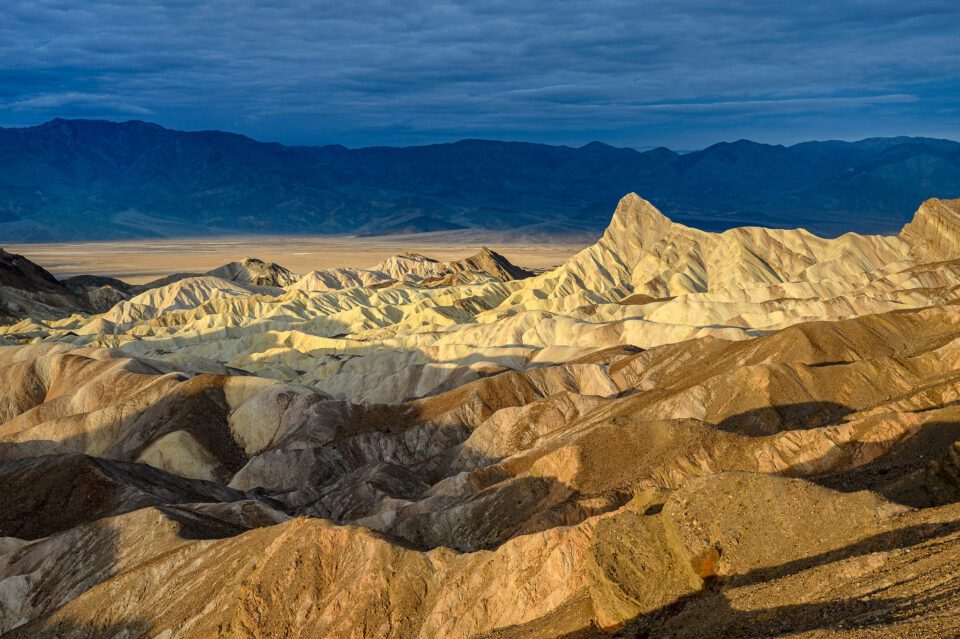
Nikon Z 50mm f/1.8 S
The “nifty-fifty” Z 50mm f/1.8 S is one of the earlier releases from Nikon, and yet its optical performance was a clear example of the excellence of the Z mount lenses. Portrait and wedding photographers love 50mm lenses for their versatility, since they work well for photographing candid moments, both indoors and outdoors.
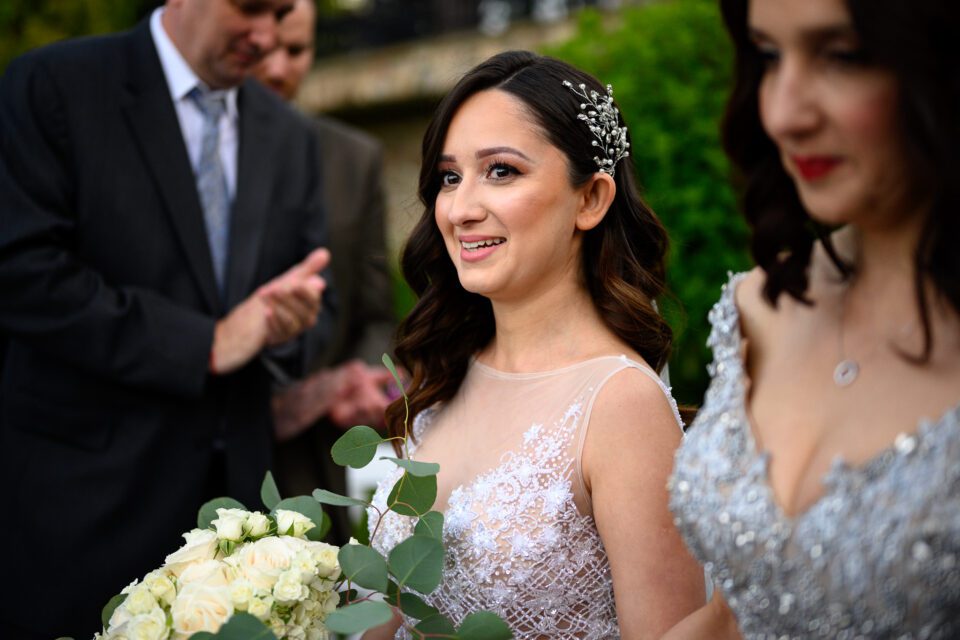
I won’t hide that I am a huge fan of this lens – it works very well for any kind of everyday photography, and its subject isolation capabilities are also great! While the Z 50mm f/1.2 S is an insane lens, it is bigger, heavier and much more expensive in comparison. If all I did was portraiture, I would certainly consider investing in the Z 50mm f/1.2 S, but for all other needs, the f/1.8 S version is clearly a much better choice.

For landscape and travel photography needs, the Nikon Z 50mm f/1.8 S is superb. It shines at f/2.8, but if you want the best corner performance, stop it down to f/4 and you will love the results. I love this image that Spencer captured with this lens wide open at f/1.8:
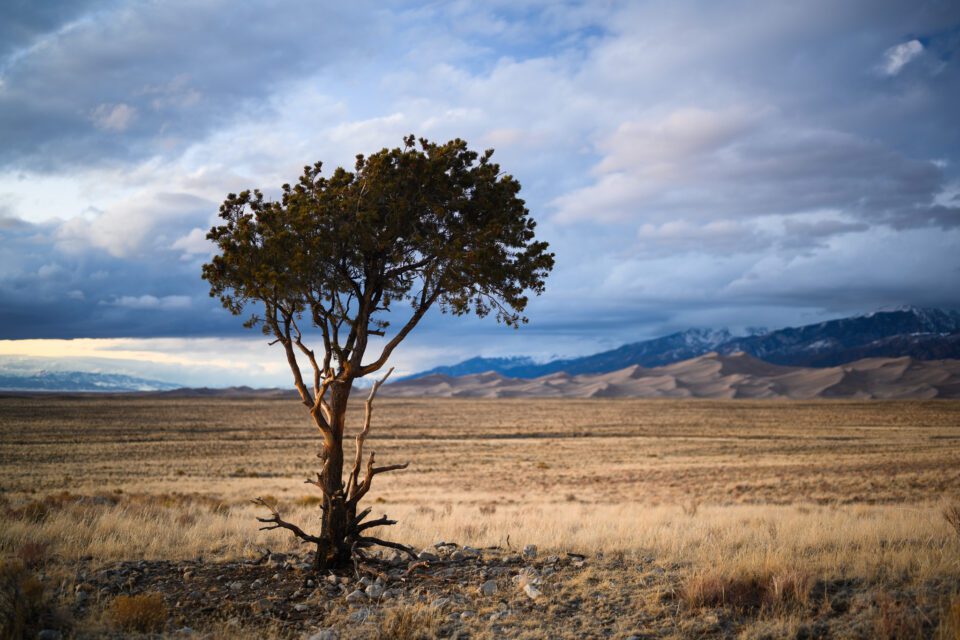
Copyright Spencer Cox
Nikon Z 85mm f/1.8 S
If you want a better lens for portraiture, the Z 85mm f/1.8 S is hard to beat. It isolates subjects beautifully, and its bokeh is nothing to complain about. Optically, while it is very sharp wide open, stopping it down to f/2.8 brights out its best, and if you want the best overall performance, f/5.6 is the sweet spot for extreme corners.
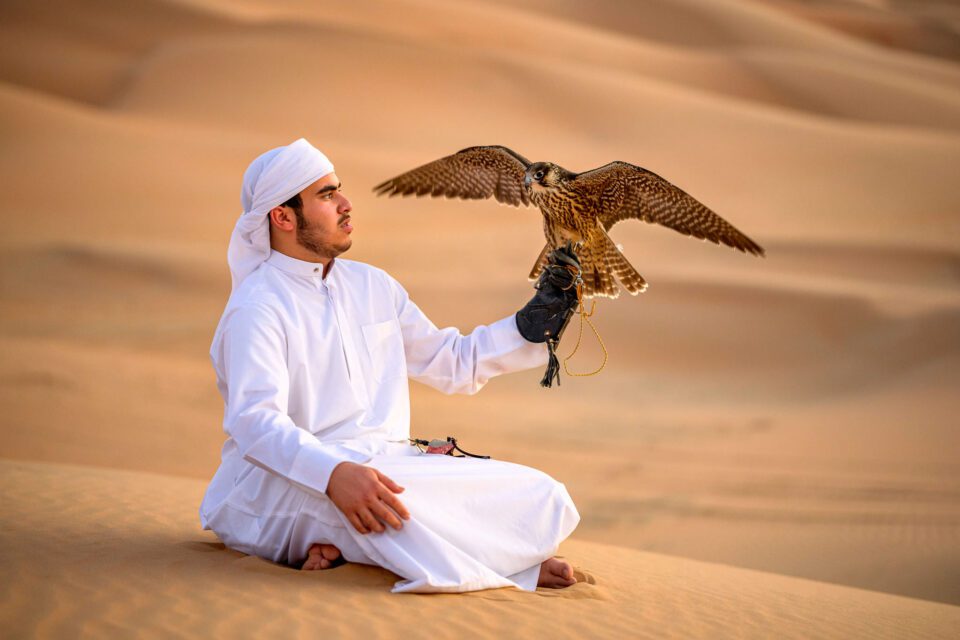
The detail level from the Z 85mm f/1.8 S is exceptionally good, similar to what you get with other Nikon Z primes. Here is what you can expect to see at f/8:
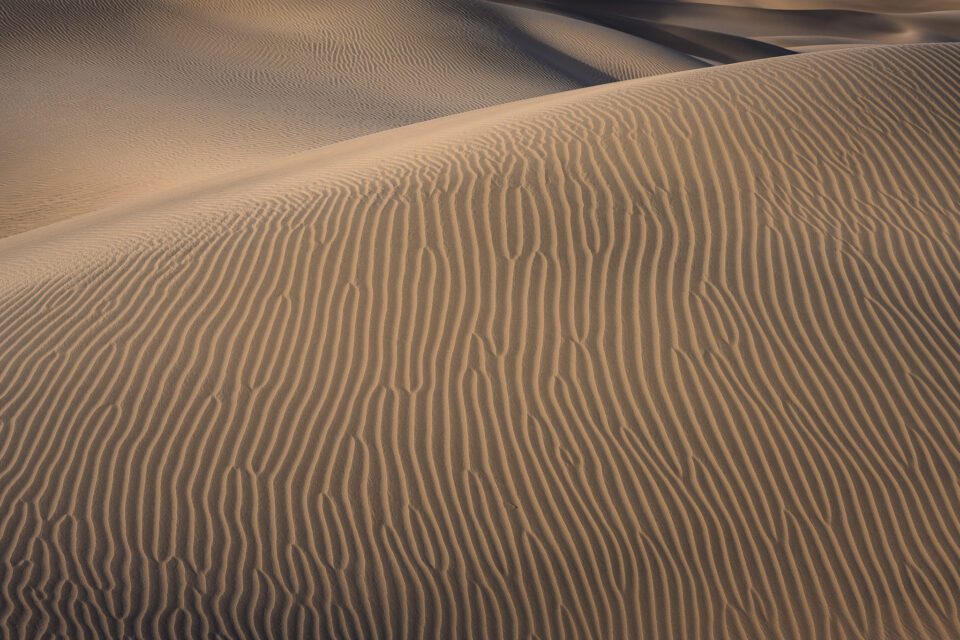
I immediately decided to buy the Z 85mm f/1.8 S for my needs, because I love this focal length and I have always owned Nikon’s 85mm F-mount primes. Nikon will most likely bring out an 85mm f/1.2 in the future, which I am really looking forward to testing out.
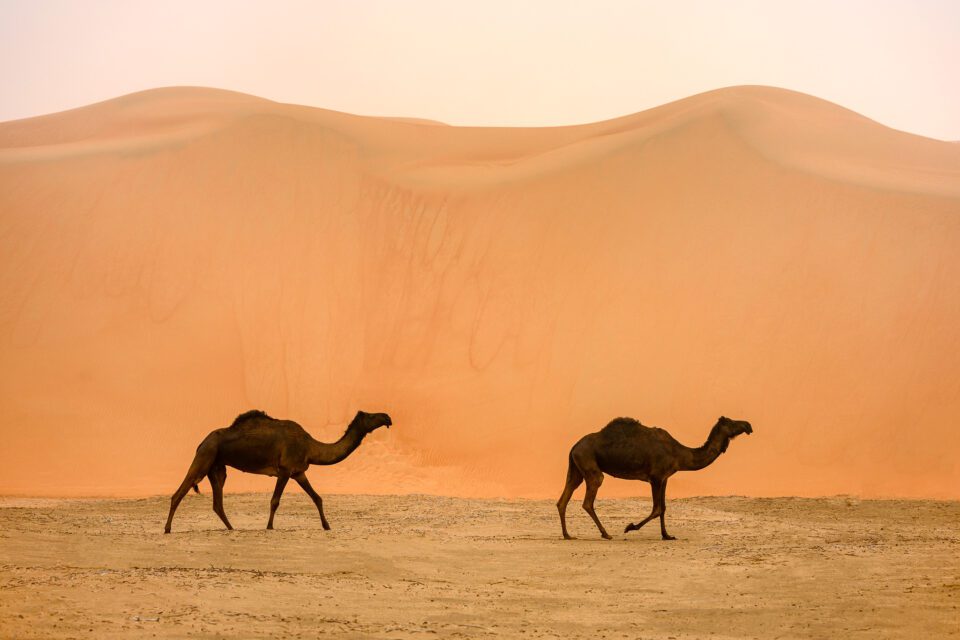
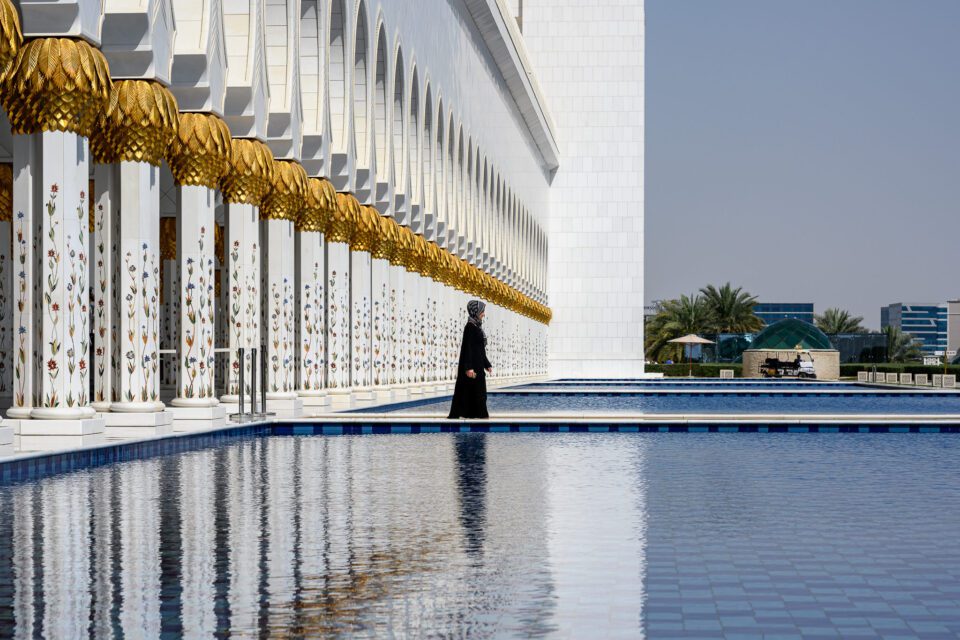
Nikon Z MC 105mm f/2.8 VR S Macro
The Nikon Z MC 105mm f/2.8 VR S Macro is the newest release, which we have just received. I anticipate this lens to do extremely well, and not just for macro photography! Spencer is currently out testing the 105mm f/2.8 VR S for macro and landscape photography needs, so we will update this section pretty soon!